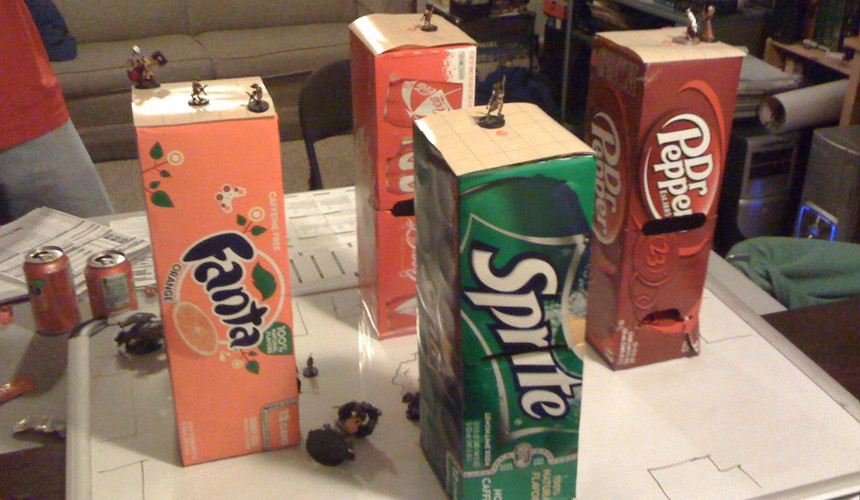Background - Adding Verticality to Tabletop Gaming
- Eric Pye

- Jan 11, 2021
- 1 min read
The intent of the project is to create a dynamic grid, in which each different pixel can be individually raised to a desired height, in order to better represent terrain and verticality in tabletop gaming. We initially identified some different constraints and criteria to measure the success and performance of the final product.
Constraints:
- Actuation time: <30s runtime
- Elevation: <30s runtime
- Size: <30s runtime
- Commercial Cost: <30s runtime
- Mass: <30s runtime
Criteria:
- Ease of use
- Durability
- Aesthetic
- Portability
- Speed
- Budget
- Design complexity
Market Analysis:
Dungeons & Dragons itself has grown to become a very popular game worldwide. As of 2019, there were roughly 14 million active players, while the general search interest of the game has been rapidly increasing over the past five years as seen in the Google Trends graph below. Additionally, the problem we have identified is not an unpopular one. Dungeons & Dragons players have frequently been looking for ways to represent verticality in their games for years. While there have been various ways people have gone about this task, there is not one single method that we feel adequately accomplishes what we are hoping to.

Existing solutions:
Here are some example existing solutions to our identified problem:
Clearly there is some room for innovation and a need for a more dynamic and user friendly product to easily manipulate the height of the desired terrain. Additionally, we want an all-around solution that can be used by anyone in many different circumstances. From here, we could now get to work.














Comments